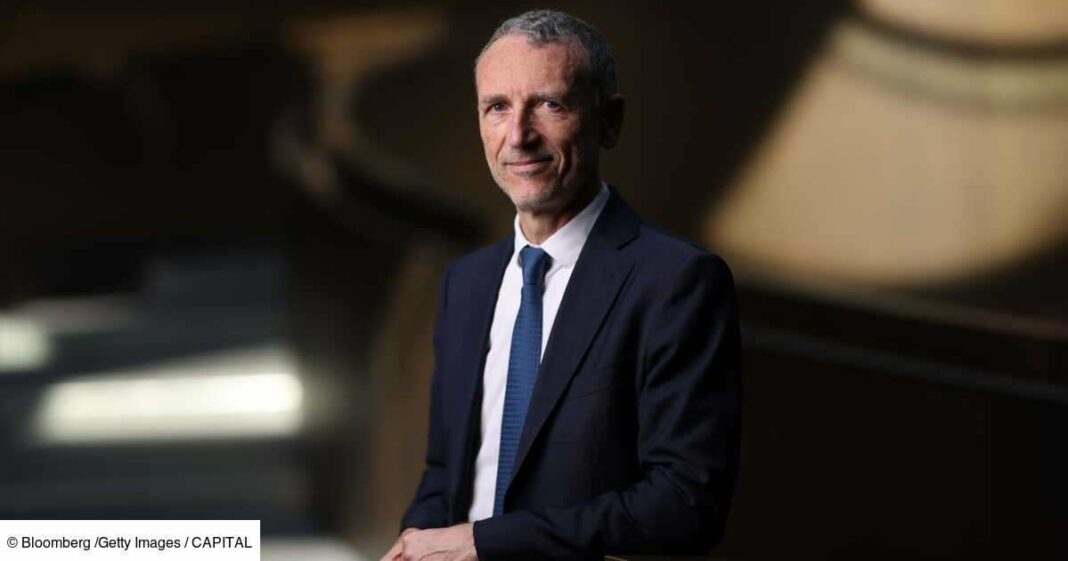Emmanuel Faber reflects on the ISSB’s establishment and mission to enhance global financial operations with a focus on sustainability risks in corporate reporting. He discusses the ISSB framework’s reception in Europe, alignment with the CSRD, and future goals related to climate resilience in finance. Faber advocates for hybrid financing models to amplify impact, highlighting successful projects like Social Impact Bonds. He shares insights from his tenure as CEO of Danone, emphasizing ongoing engagement in social initiatives.
Reflecting on Your Tenure at the ISSB
Emmanuel Faber: The ISSB was established in 2021 during COP26 in Glasgow as a public interest entity aimed at enhancing global financial operations. It emerged from the collaboration of several major international organizations, including the G7, G20, OECD, World Bank, and IMF, and is part of the IFRS Foundation, which sets accounting standards that are recognized in 144 countries.
The mission of the ISSB is to incorporate indicators that transparently reveal how companies are affected by sustainability risks and their management strategies in non-financial areas such as social, environmental, and societal impacts within their annual reports. Currently, numerous frameworks exist worldwide, with companies often opting for those that suit their needs while discarding others. Our initiative has resulted in a distinctive framework.
This framework requires companies to assess their entire value chain, extending beyond their consolidated financial statements, both upstream and downstream. The next stage involves stress-testing the corporate ecosystem against climate scenarios. For instance, the viability of a factory may seem secure today, but in 10 to 15 years, rising temperatures and water scarcity could hinder operations. Such scenarios underscore the importance of resilience across all facets, which may lead companies to re-evaluate competitive advantages.
The final phase connects these assessments with financial outcomes. Our framework utilizes an accounting language adapted to climate and social issues, detailing the potential and current impacts of these risks and opportunities on financial statements. In the case of the aforementioned factory, considerations regarding its closure or the establishment of a sustainable replacement may come into play, with financial implications becoming apparent even now. For example, the factory’s inability to operate at full capacity could necessitate accounting for accelerated depreciation of equipment or the costs associated with closure, conversion, and social repercussions.
Reception of the ISSB Framework in Europe
The response to our approach, especially in Europe, which has initiated its own standards under the European Corporate Sustainability Reporting Directive (CSRD), has been noteworthy. While the CSRD incorporates our frameworks, it also addresses additional goals and integrates various elements of EU public policies, including provisions for very small enterprises. Countries that adopt ISSB standards account for half of European foreign trade, and since our climate standards align with those of the CSRD, we simplify its implementation within value chains. This growing adoption of our framework in Europe is becoming a crucial competitiveness factor for the regional economy.
Future Goals as You Extend Your Tenure
Looking ahead, I have committed to a new three-year term, focusing on initiatives tied to the Financial Stability Board (FSB) of the G20 and the Basel Committee on Banking Supervision. This body, established after the subprime mortgage crisis, has opted for ISSB standards to enhance its resilience and solvency criteria for banks, especially concerning climate factors. This issue is particularly significant for insurers, as the rising costs of natural disasters render some risks uninsurable. For instance, in California, leading insurers now hesitate to cover homes against fire and water damage, leading to financial distress for homeowners whose mortgages require insurance.
Engagement in High-Impact Projects
I am a strong proponent of hybrid models that merge public and private financing to amplify impact. Public funds can mitigate risks for private investments, thereby broadening their scope and risk tolerance. These concepts, known as blended finance or outcome-based finance, are increasingly being explored by institutions like AFD and innovative specialized investment funds. While the engineering behind these models can be intricate, their effectiveness is undeniable.
A prime example of a successful hybrid project is the Social Impact Bond, which originated in the UK two decades ago. A social entrepreneur proposed a project aimed at reducing recidivism among prisoners, with the initiative bolstered by philanthropist Ronald Cohen. This venture culminated in a positive outcome, enabling the monetization of social benefits which were then shared between investors and local government, ultimately resulting in significant public savings from reduced recidivism rates.
In France, we have seen similar initiatives, such as the recent Article 1 project targeting school dropouts, which aims to support 100,000 young individuals over five years. BNP Paribas facilitated the engineering of this social impact bond, requiring private philanthropy to back the French state’s commitment to the project’s success. This initiative will lead to financial compensation from two ministries to social investors based on measured outcomes assessed by an independent evaluator. Although complex, these contracts illustrate how innovation and philanthropy can advance public policy, particularly when existing budgetary and accounting frameworks fall short of addressing transition needs.
Companies also play a vital role in these initiatives. In 2011, alongside Martin Hirsch, then High Commissioner for Active Solidarities, we co-founded the Action Tank Business and Poverty and launched the Malin Program with the Blédina brand and the Red Cross. This program enabled children living in poverty to access quality food through discount vouchers, with Blédina sacrificing its profit margin. Although this initiative took several years to scale due to various administrative and fiscal challenges, the French President later recognized it as a key measure in his Poverty Plan, ultimately embedding it into law and expanding access to over 100,000 children.
Insights from Your Departure as CEO of Danone
In the wake of the announcement regarding the social plan “Local First” four years ago, I appeared on France Inter’s morning show. When asked if I feared for my job, I responded, “No. What I fear is doing it wrong.”
Though I am no longer leading Danone, I remain engaged with unions, who recently contacted me to discuss the “Future Skills” program.
